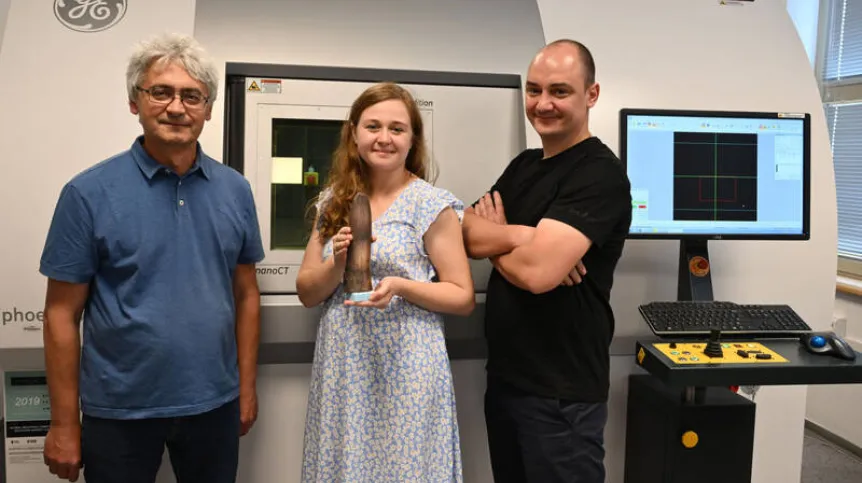
Scientists from the Wrocław University of Technology and the University of Wrocław used technical computed tomography to re-examine a harpoon made of roe antlers and a bear bone from thousands of years ago. Thanks to new techniques, we can learn more even about very old discoveries, says Dr. Tomasz Płonka from the University of Wrocław.
The joint research on bear bones with cuts from around 130,000 years ago and a decorated harpoon made of roe antlers from 5,600 years BCE uses technical computed tomography and a new measurement procedure developed at the Wrocław University of Science and Technology.
The technical computed tomography scanner usually supports quality control of manufactured technical objects and is used to examine complex 3D prints. Technical computed tomography makes it possible to scan samples with a resolution of even less than 1 micrometer, so the quality of the obtained data is incomparably better than that in medical tomography used in hospitals.
According to the Wrocław University of Science and Technology, thanks to it, researchers designing, for example, new elements of mechanical structures or personalized implants can precisely check whether objects printed in 3D do not have any pores and cracks, and their dimensions are consistent with the assumptions. The scanner is also used to examine artefacts from archaeological discoveries in Poland. The Wrocław University of Science and Technology researchers have already used tomography to examine urns with cremated remains, fragments of spears, small mummies and human skulls from about 150 years ago.
The research on Mesolithic art objects in Poland - bone and antler artefacts decorated with ornaments - is being carried out by the team of Dr. Tomasz Płonka at the Wrocław University of Science and Technology. These objects from thousands of years ago allow us to learn about the culture of ancient hunters and gatherers living in the lands of today's Poland.
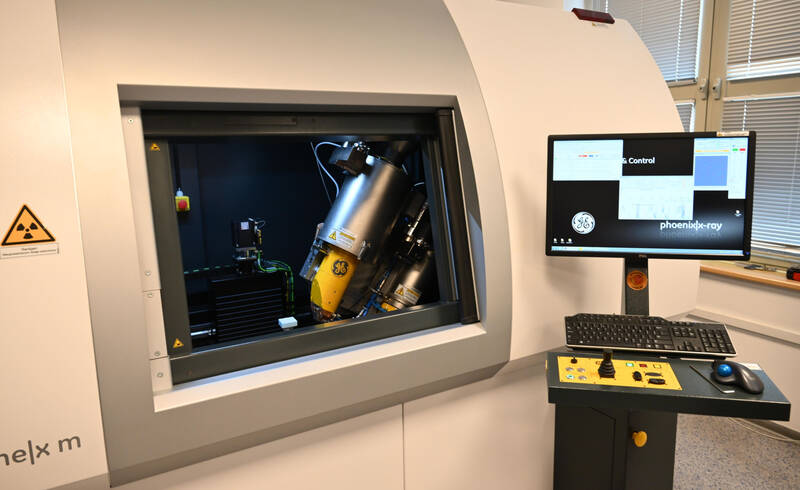
Until now, artefacts have been analysed mainly in terms of aesthetic and stylistic values, and research on the technology of their production, methods of decoration or traces of use has been conducted only at a rather general level.
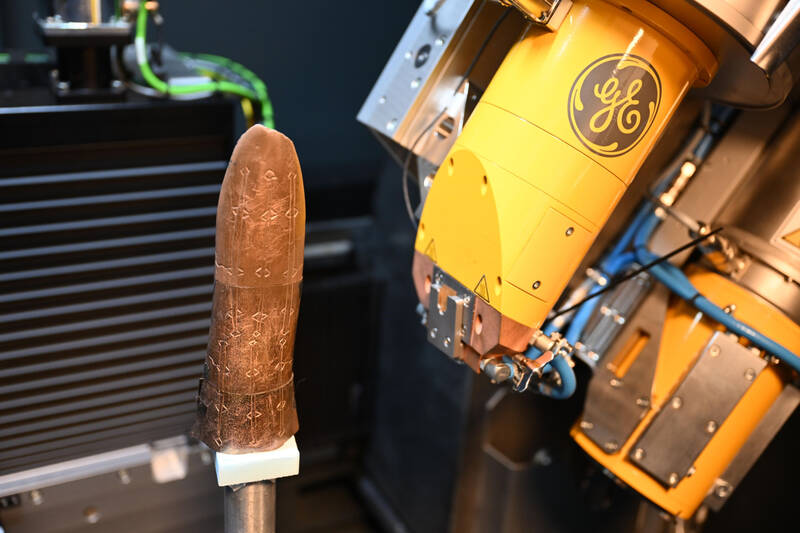
'The use of computed tomography allows us to examine the ornament very precisely and determine its various metric parameters: how deep it is, how wide the ornament lines are, what the angle between the walls of the engraved lines is. Thanks to this, we can +mathematise+ the process of learning about this ornament a bit, we have a numerical description, and the numbers do not lie', says Dr. Płonka.
New research on the well-known bear bone
So far, his team has examined two artefacts in a technical CT scanner. One of them was a bear bone with cuts, discovered in a cave in Dziadowa Skała in Zawiercie (Silesia) in the 1950s. New research by the team led by Dr. Płonka and Andrzej Wiśniewski has shown that the artefact is much older than previously thought.
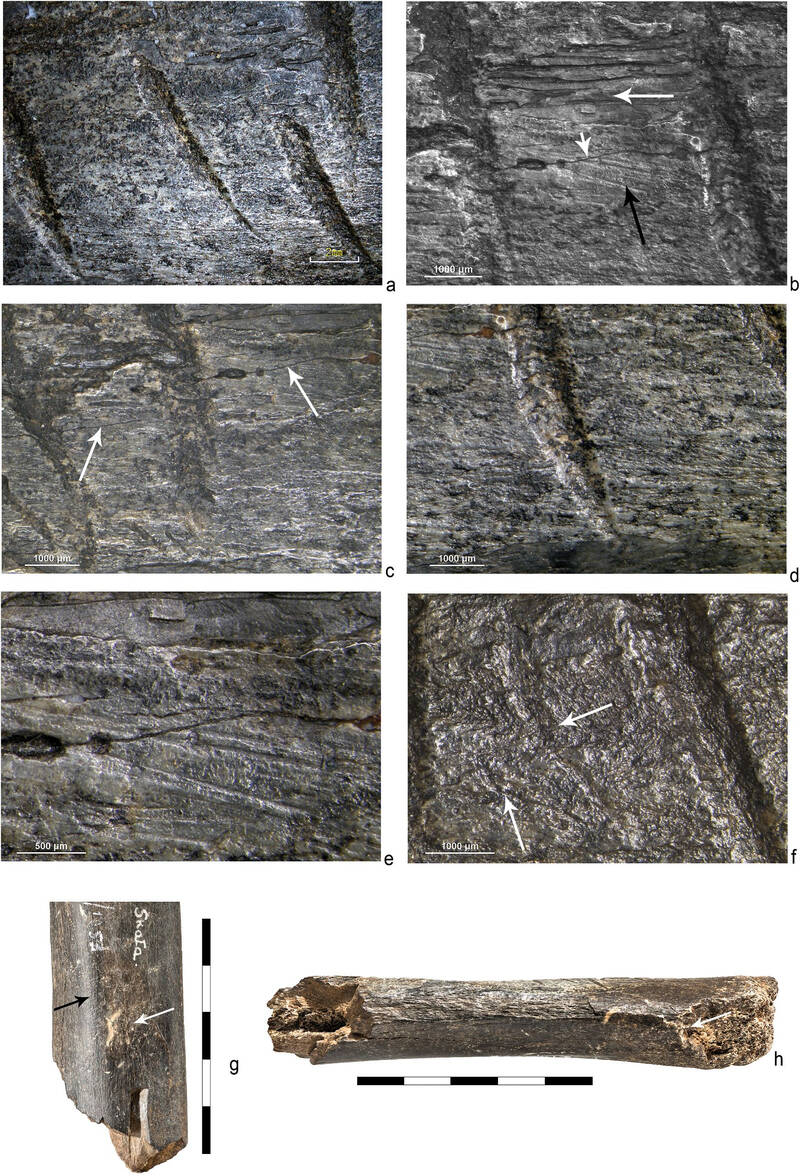
It was created approx. 115,000–130,000 years ago, which makes it the oldest known 'work of art' and at the same time the oldest manifestation of symbolic thinking in Poland. CT measurements show that the average depth of the cuts on the bone is around 91 micrometers, while accidental cuts (made, for example, while filleting game, when meat is separated from bones) have a maximum of 20 micrometers. In addition, the cuts on the bone were repeatedly corrected, confirming that they were created intentionally. The researchers also found that there were more of them than previous analyses from many years ago had shown.
Data from the tomograph and from experiments conducted at the same time also showed that the cuts were made using a fairly solid retouched tool, one with a specially prepared, fairly wide cutting edge (not a random flint flake or fragment). They were made by a right-handed person, with repetitive movements, in one direction. Scientists believe that all the markings on the bone were created at the same time, and that the Neanderthal applied them as decoration or numerical record.
A harpoon made of roe antlers: a religious artefact?
Another examined artefact was a harpoon made of roe antlers, found accidentally in 1934. Carbon-dated to ca. 5600 BCE, it is associated with hunters from the late Mesolithic.
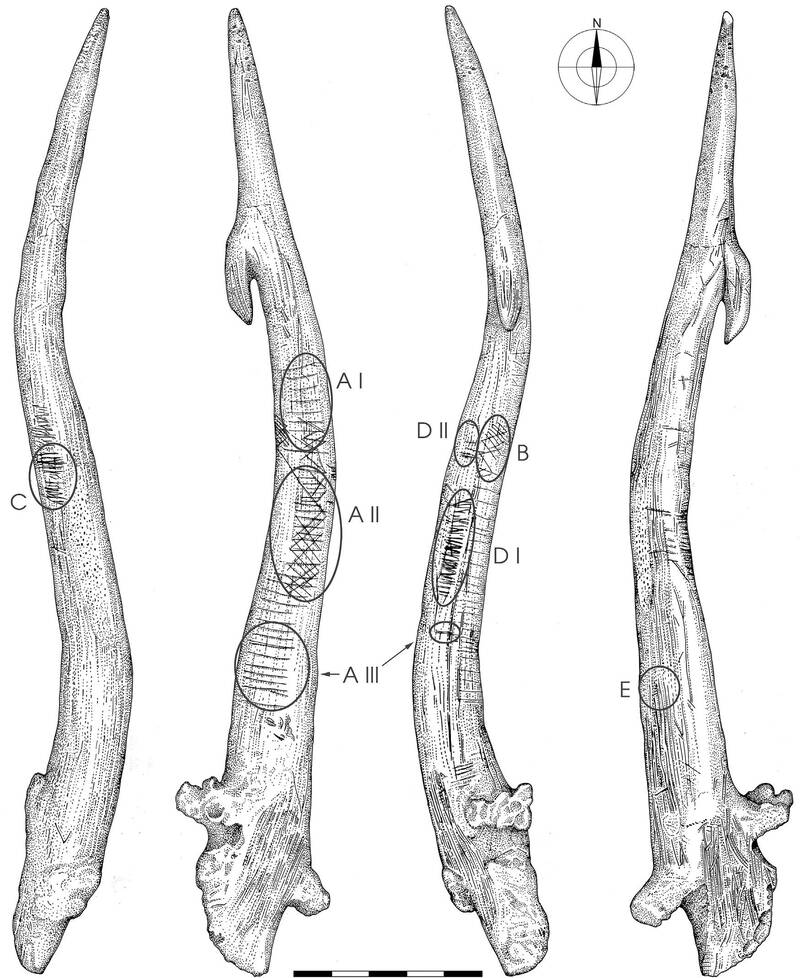
'Research shows that the numerous ornaments present on this harpoon were made with different tools. We can see four or five groups of ornaments made with different blades and using a slightly different technique. Unfortunately, we cannot say what the rate of application of these ornaments was, whether the periods of time between individual episodes of engraving the ornamental groups were longer or shorter'” Dr. Płonka tells PAP - Science in Poland.
However, he says that the application of the ornament in specific phases says a lot about the very concept of this ornament, that it could have had ritual and religious significance. 'The person who used this object believed that new ornaments had to be applied, because otherwise the harpoon would lose its functionality', Płonka says.
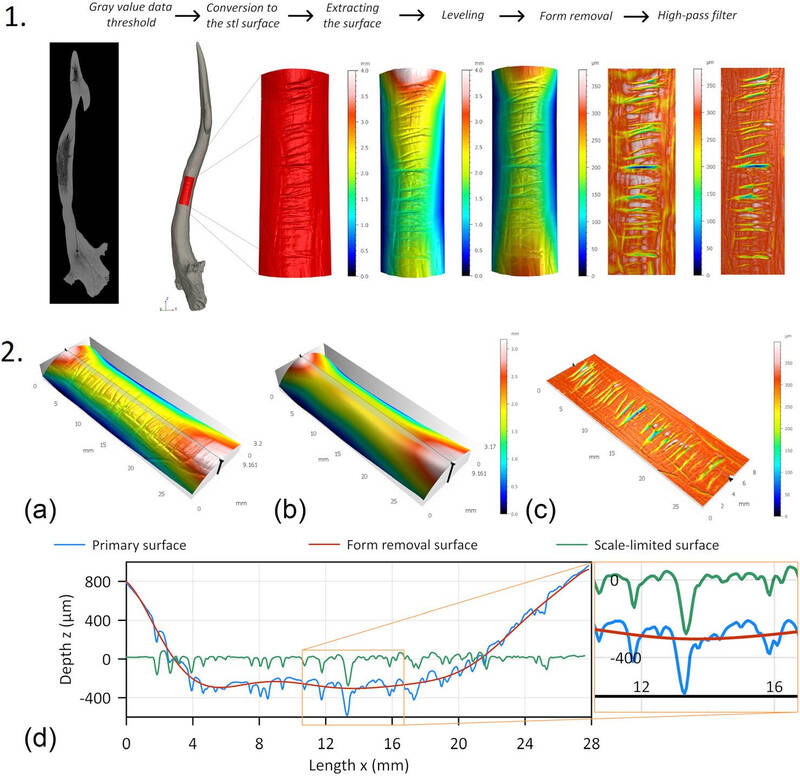
Soon, as part of a grant awarded by the Polish National Science Centre, researchers from the University of Wrocław will examine more objects using computed tomography. These will be artefacts of the Magdalenian culture, including 15,000 year old figurines. In this research project, artificial intelligence will be additionally used to analyse ornaments.
'I am very enthusiastic about this, because in warehouses, at exhibitions, we have a lot of different objects that can now be re-examined using these new methods and we will achieve extremely interesting research results. We can return to old objects that were previously described only very superficially, and now we can learn much more about them', the researcher emphasises.
Tomography unlike any other
For the purposes of artefact research, scientists from the Wrocław University of Science and Technology have proposed a new procedure for measuring surfaces, automating the measurement of, for example, the depth of cuts, their length, the distance between them, the width of cuts, etc. Dr. Grzegorz Ziółkowski from the Faculty of Mechanical Engineering at the Wrocław University of Science and Technology says that thanks to this measurement method, even the most complicated and complex geometry of the examined artefact no longer poses a difficulty in analysis.
Technical computed tomography scans an object in a few to a dozen minutes and immediately generates detailed results of its surface measurements.
The only limitations of technical computed tomography are the density and size of objects (the denser and larger the object, the more difficult it is to scan) and the cost of the examination (higher than in the case of more traditional methods). (PAP)
PAP - Science in Poland, Ewelina Krajczyńska-Wujec
ekr/ bar/ kap/
tr. RL













